Large Language Models
INTRODUCTION By now most of the world has been astonished with ChatGPT from OpenAI and its various abilities so much so that the debate of Artificial General Intelligence AGI has been restarted and given a fresh lease. Such is the impact of ChatGPT (and other similar models, stable diffusion for image generation) that various governments are already looking into incorporating AI at the same time they are also concerned about its potential or being misused and hence any regulations regarding its use are being discussed and proposed. In fact, a group of AI researchers have called for a moratorium on releasing new models (citation). Many jobs are being replaced by such models while other are transformed. In this article, we would try to understand what this amazing technology is and how various industries can use it for their own benefit. We shall start by unwrapping the term LLMs and discuss language models and some of the earlier attempts and their shortcomings. We will then discuss what powers the current LLM and how to train them. We will then discuss how to make an LLM follow human instructions and finally end with some of the use-cases where these LLMs can be used. UNWRAPING THE TERM LLM So, what does large and language model in the term Large Language Models mean? I think large is clear in its meaning, however the latter needs some introduction. Language Model is a term used by researchers to define a probabilistic model which finds the probability of a given sequence of terms. For example, what is the probability of the sentence The quick brown fox jumps over a lazy dog. In pure mathematical terms, given a sequence of words 𝑊 = (𝑤1, 𝑤2, … , 𝑤𝑘), a language model finds the probability: Before we discuss how to estimate this probability, we would like to understand why we might need to know this probability and what consequence does it have? Let’s first analyze how we humans learn and use the language. Most of us use intuition to make sentences and judge the grammatical correctness or appropriateness of a text, without necessarily being taught the rules or us remembering the grammatical rules precisely. Our brains have this amazing capability to deduce this intuition from regular use of language. Language models can be understood to be modelling this intuition from exactly the same source humans deduce it, i.e., language (in the form of text). Probabilistic likelihood is the tool that the language models use to measure it. Calculating the probability therefore gives us a measure of finding the most likely sequence versus an absurd or unlikely sequence. For example, consider the sentence, I am looking … my purse. The sequence with a preposition (at, for, towards, in, into etc.) would be most probable rather than having any other word in its place (It wouldn’t make sense to have computer/ cat/ hand etc. in the blank space). Therefore, the word sequences that are more likely will have a higher probability in contrast to those that are grammatically wrong or semantically incorrect. In fact, the next word prediction or masked word prediction is the pseudo-task used to train today’s LLMs, more on that later. Another benefit of language modelling is in machine translations since the correct translation will be more likely and hence with more probability. We can argue on similar lines on the tasks of information retrieval, speech recognition, summarization etc. HOW TO CALCULATE/ ESTIMATE THE PROBABILITY? From the product rule of probability, we know that, Therefore, equation (1) above can be expanded as below: That is, the probability of the whole word sequence is the product of the probability of each word given all the previous words in the sequence. For example, the probability, 𝑃 of the sentence “The quick brown fox jumps over the lazy dog” would be: However, calculating the exact probability this way is intractable for longer sequences because the number of terms grows exponentially. Language models therefore make simplifying assumptions, like only considering a limited context of a few words before and after the target word when calculating these conditional probabilities. They also use probability distributions over words and their contexts rather than exact values. We, therefore, have 𝑛-Grams where 𝑛 defines the number of words in the joint probability, sometimes also called the context window. Setting 𝑛 = 3, would be a trigram and equation (2) would be: We can already see the limitation of a smaller 𝑛, because it provides a too little context for the next word prediction. There have been other methods of language modelling like the Hidden Markov Model (HMM), Statistical Modelling etc., however all of them suffer from the limitation of context window. Also designing and creating the dataset is sometimes prohibitive since we need to deal with probabilities explicitly. TRANSFORMERS TO THE RESCUE Transformers are a type of neural network that are sequence-to-sequence, that is, they take as input a sequence of tokens and output another sequence of tokens. (Tokens can be understood as roughly being words but not necessarily words every time the way we understand them.) Transformer is the engine behind the extraordinary power and success of today’s LLMs, and attention is the key architectural thing in these transformers. We won’t explain what transformers are and their inner architecture here, however one can refer to the excellent blog by Jay Alammar and another one by Peter Bloem. To fully grasp the importance and formidable capabilities of transformers without delving into their intricate workings, it is crucial to retrace the origins of deep learning, which initially gained prominence in computer vision. In the pre-deep learning era, machine learning comprised two primary stages: feature engineering and model training. Domain-specific features were meticulously crafted for individual datasets and tasks, making them incompatible with different tasks. However, this paradigm shifted with the emergence of Convolutional Neural Networks (CNNs) trained on large-scale datasets like ImageNet for image classification. CNNs not only outperformed their predecessors but also introduced a new training











